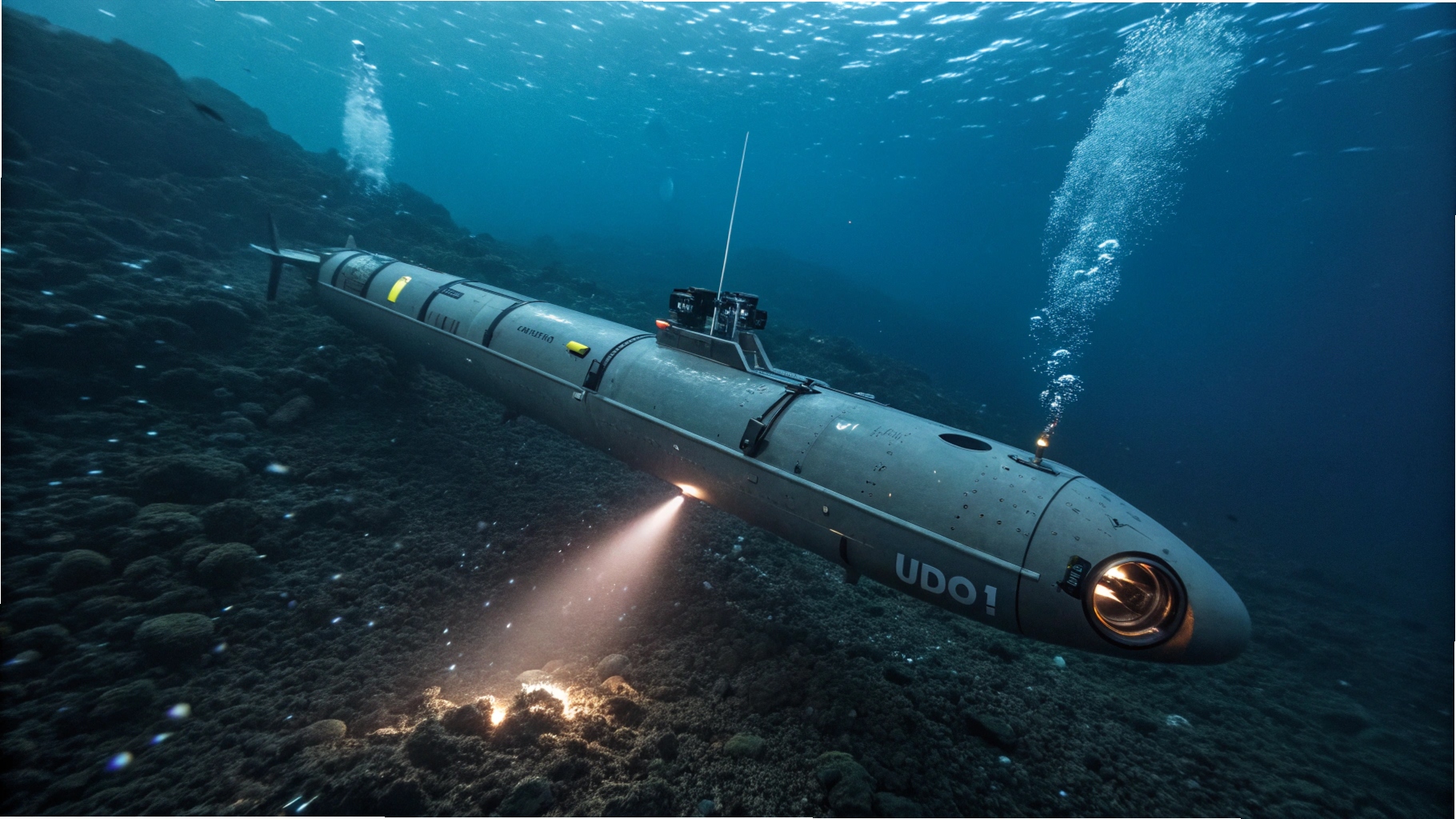
Navantia has marked a major achievement in Spain’s naval modernization drive with the launch of F-111 Bonifaz, the first of the advanced F-110-class frigates. This event, occurring more than three years after construction commenced in April 2022, signals a decisive step forward in the renewal of Spain’s surface fleet. Notably, the launch took place one month ahead of schedule, with over 70 percent of the vessel’s construction already complete. Named after Ramón Bonifaz, Castile’s first admiral, the Bonifaz highlights the blend of historical legacy with future-oriented capability. The F-110 program was approved in March 2019, with the Spanish government allocating €4.3 billion ($5.09 billion) to build five frigates that will gradually replace the aging Santa María-class, in service since the 1980s. Currently, three of the five ships are being built at Navantia’s Ferrol shipyard, with delivery dates mapped between 2028 and 2030, and the entire fleet to be completed by 2032. Each frigate measures 145 meters long with an 18-meter beam, optimized for multi-role operations such as anti-air, anti-surface, anti-submarine warfare, and maritime security cooperation. The Bonifaz-class reflects the evolution of Spain’s shipbuilding expertise. Designed to carry up to 150 personnel and a helicopter like the SH-60 Seahawk, the frigates will be armed with torpedoes, surface-to-air and surface-to-surface missiles, naval guns, and machine guns, making them highly versatile assets. Their propulsion system, a combination of a gas turbine and four diesel engines linked to controllable-pitch propellers, will allow speeds exceeding 25 knots. Defense observers see this project as pivotal for Spain’s strategic maritime capabilities. By integrating advanced weapons and sensors with interoperability features for NATO and EU missions, the F-110s enhance Spain’s contribution to collective defense. Moreover, the program sustains thousands of jobs within Navantia and the broader Spanish defense industry, reinforcing its role in European naval innovation.




